In recent years, alternative energy has been the subject of intense interest and debate. Thanks to the threat of Climate Change, and the fact that average global temperatures continue to rise year after year, the drive to find forms of energy that will reduce humanity’s reliance on fossil fuels, coal, and other polluting methods has naturally intensified.
While most concepts for alternative energy are not new, it has only been in the past few decades that the issue has become pressing. And thanks to improvements in technology and production, the costs of most forms of alternative energy has been dropping while efficiency has been increasing. But just what is alternative energy, and what is the likelihood of it becoming mainstream?
Definition:
Naturally, there is some debate as to what “alternative energy” means and what it can be applied to. On the one hand, the term can refer to forms of energy that do not increase humanity’s carbon footprint. In this respect, it can include things as nuclear facilities, hydroelectric power, and even things like natural gas and “clean coal”.
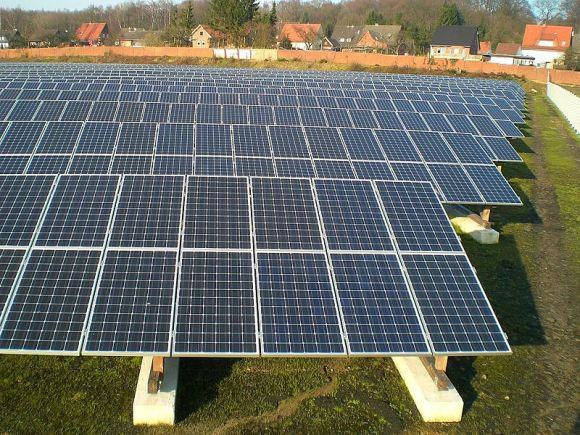
On the other hand, the term is also used to refer to what are currently considered to be non-traditional methods of energy – such as solar, wind, geothermal, biomass, and other recent additions. This sort of classification rules out methods like hydroelectric, which have been around for over a century and are therefore quite common to certain regions of the world.
Another factor is that alternative energy sources are considered to be “clean”, meaning that they don’t produce harmful pollutants. As already noted, this can refer to carbon dioxide but also other emissions like carbon monoxide, sulfur dioxide, nitrogen oxide, and others. Within these parameters, nuclear energy is not considered an alternative energy source because it produces radioactive waste that is highly toxic and must be stored.
In all cases, however, the term is used to refer to forms of energy that will come to replace fossil fuels and coal as the predominant form of energy production in the coming decades.
Types of Alternative Energy:
Strictly speaking, there are many types of alternative energy. Once again, definitions become a bit of a sticking point, and the term has been used in the past to refer to any method that was considered non-mainstream at the time. But applying the term broadly to mean alternatives to coal and fossil fuels, it can include any or all of the following:
Hydroelectricity: This refers to energy generated by hydroelectric dams, where falling water (i.e. rivers or canals) are channeled through an apparatus to spin turbines and generate electricity.
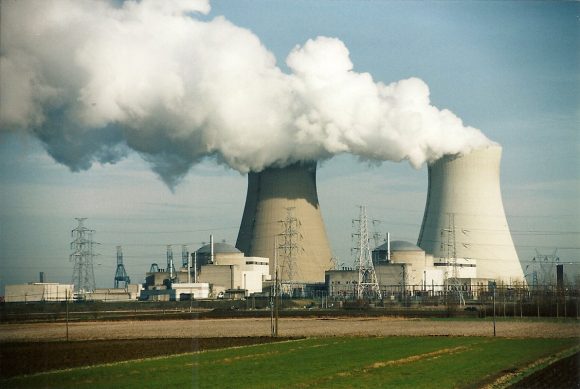
Nuclear Power: Energy that is produced through slow-fission reactions. Rods of uranium or other radioactive elements heat water to generate steam, which in turn spins turbines to generate electricity.
Solar Power: Energy harnessed directly from the Sun, where photovoltaic cells (usually composed of silicon substrate, and arranged in large arrays) convert the Sun’s rays directly into electrical energy. In some cases, the heat produced by sunshine is harnessed to produce electricity as well, which is known as solar-thermal power.
Wind Power: Energy generated by air flow, where large wind-turbines are spun by wind to generate electricity.
Geothermal Power: Energy generated by heat and steam produced by geological activity in the Earth’s crust. In most cases, this consists of pipes being placed in the ground above geologically active zones to channel steam through turbines, thus generating electricity.
Tidal Power: Energy generated by tidal harnesses located around shorelines. Here, the daily changes in tides causes water to flow back and forth through turbines, generating electricity that is then transferred to power stations along the shore.
Biomass: This refers to fuels that are derived from plants and biological sources – i.e. ethanol, glucose, algae, fungi, bacteria – that could replace gasoline as a fuel source.
Hydrogen: Energy derived from processes involving hydrogen gas. This can include catalytic converters, where water molecules are broken apart and reunited by electrolysis; hydrogen fuel cells, where the gas is used to power internal combustion engines or heated and used to spin turbines; or nuclear fusion, where atoms of hydrogen fuse under controlled conditions to release incredible amounts of energy.
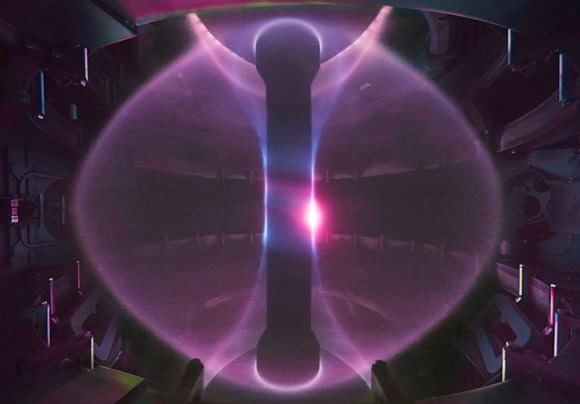
Alternative and Renewable Energy:
In many cases, alternative sources of energy are also renewable. However, the terms are not entirely interchangeable, owing to the fact that many forms of alternative energy rely on a finite resource. For instance, nuclear power relies on uranium or other heavy elements that must be mined.
Meanwhile, wind, solar, tidal, geothermal and hydroelectric power all rely on sources that are entirely renewable. The Sun’s rays are the most abundant energy source of all and, while limited by weather and diurnal patters, are perennial – and therefore inexhaustible from an industry standpoint. Wind is also a constant, thanks to the Earth’s rotation and pressure changes in our atmosphere.
Development:
Currently, alternative energy is still very much in its infancy. However, this picture is rapidly changing, owing to a combination of political pressure, worldwide ecological disasters (drought, famine, flooding, storm activity), and improvements in renewable energy technology.
For instance, as of 2015, the world’s energy needs were still predominantly provided for by sources like coal (41.3%) and natural gas (21.7%). Hydroelectric and nuclear power constituted 16.3% and 10.6%, respectively, while “renewables” (i.e. solar, wind, biomass etc.) made up just 5.7%.
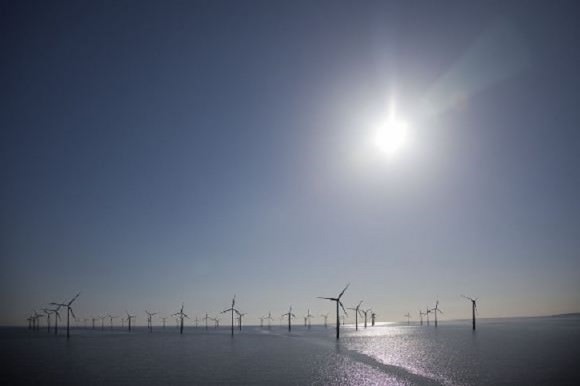
This represented a significant change from 2013, when the global consumption of oil, coal and natural gas was 31.1%, 28.9%, and 21.4%, respectively. Nuclear and hydroelectric power made up 4.8% and 2.45, while renewable sources made up just 1.2%.
In addition, there has been an increase in the number of international agreements regarding the curbing of fossil fuel use and the development of alternative energy sources. These include the Renewable Energy Directive signed by the European Union in 2009, which established goals for renewable energy usage for all member states for the year of 2020.
Basically, the agreement stated that the EU fulfill at least 20% of its total energy needs with renewables by 2020, and that at least 10% of their transport fuels come from renewable sources by 2020. In November of 2016, the European Commission revised these targets, establishing that a minimum of 27% of the EUs energy needs come from renewables by 2030.
In 2015, the United Nations Framework Convention on Climate Change (UNFCCC) met in Paris to come up with a framework for greenhouse gas mitigation and the financing of alternative energy that would go into effect by 2020. This led to The Paris Agreement, which was adopted on December 12th, 2015 and opened for signatures on April 22nd (Earth Day), 2016, at the UN Headquarters in New York.
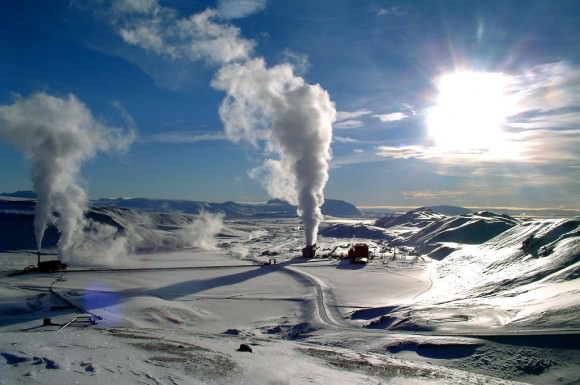
Several countries and states have also been noted fore their leadership in the field of alternative energy development. For instance, in Denmark, wind power provides up to 140% of the country’s demand for electricity, with the surplus being provided to neighboring countries like Germany and Sweden.
Iceland, thanks to its location in the North Atlantic and its active volcanoes, achieved 100% reliance on renewable energy by 2012 through a combination of hydroelectricity and geothermal power. In 2016, Germany’s policy of phasing out reliance on oil and nuclear power resulted in the country reaching a milestone on May 15th, 2016 – where nearly 100% of its demand for electricity came from renewable sources.
The state of California has also made impressive strides in terms of its reliance on renewable energy in recent years. In 2009, 11.6 percent of all electricity in the state came from renewable resources such as wind, solar, geothermal, biomass and small hydroelectric facilities. Thanks to multiple programs that encourage switching to renewable energy sources, this reliance increased to 25% by 2015.
Based on the current rates of adoption, the long-term prospects for alternative energy are extremely positive. According to a 2014 report by the International Energy Agency (IEA), photovoltaic solar power and solar thermal power will account for 27% of global demand by 2050 – making it the single largest source of energy. Similarly, a 2013 report on wind power indicated that by 2050, wind could account for up to 18% of global demand.
The IEA’s World Energy Outlook 2016 also claims that by 2040, natural gas, wind and solar will eclipse coal and oil as the predominant sources of energy. And some even go as far to say that – thanks to developments in solar, wind, and fusion power technology – fossil fuels will become obsolete by 2050.
As with all things, the adoption of alternative energy has been gradual. But thank to the growing problem of Climate Change and rising demand for electricity worldwide, the rate at which clean and alternative methods are being adopted has become exponential in recent years. Sometime during this century, humanity may reach the point of becoming carbon neutral, and not a moment too soon!
We have written many articles about alternative energy for Universe Today. Here’s What are the Different Types of Renewable Energy?, What is Solar Energy?, How Does a Wind Turbine Work?, Could the World Run on Solar and Wind Power?, Where does Geothermal Power Come From? and Compromises Lead to Climate Change Deal.
If you’d like more info on Alternative Energy, check out the Alternative Energy Crops in Space. And here’s a link to Alternative Energy Technologies to Control Climate Change.
We’ve also recorded an episode of Astronomy Cast all about planet Earth. Listen here, Episode 51: Earth.
Sources:

